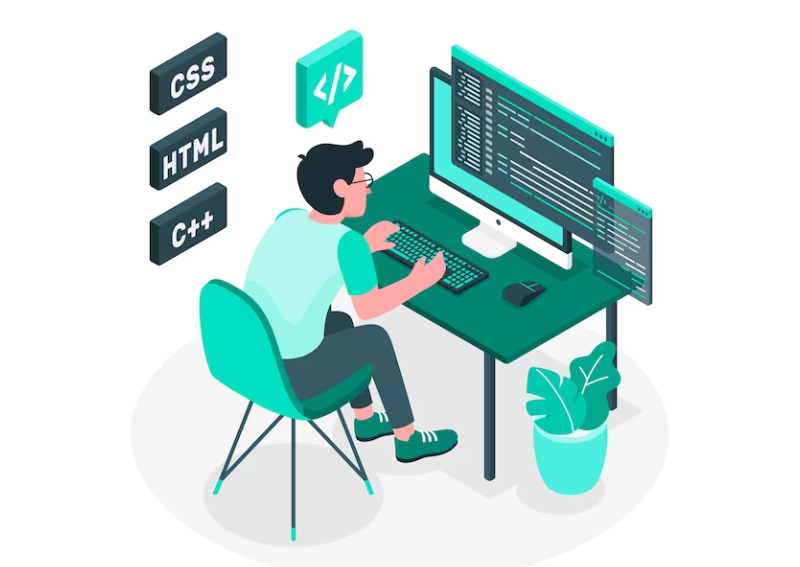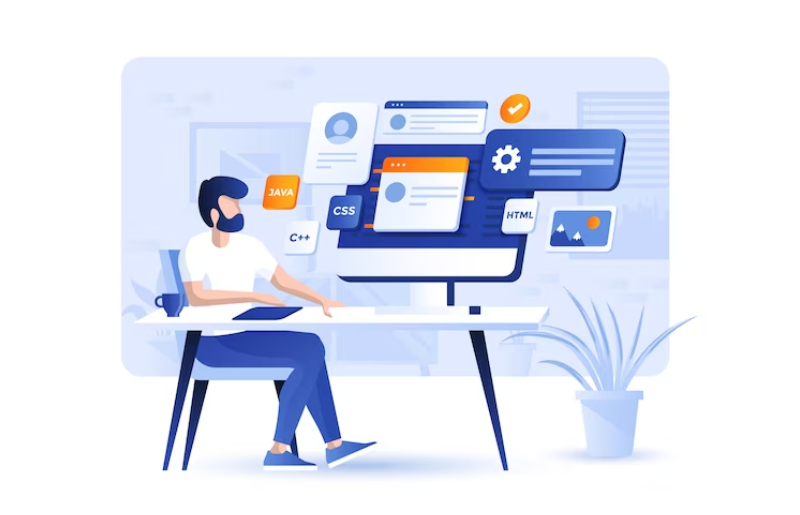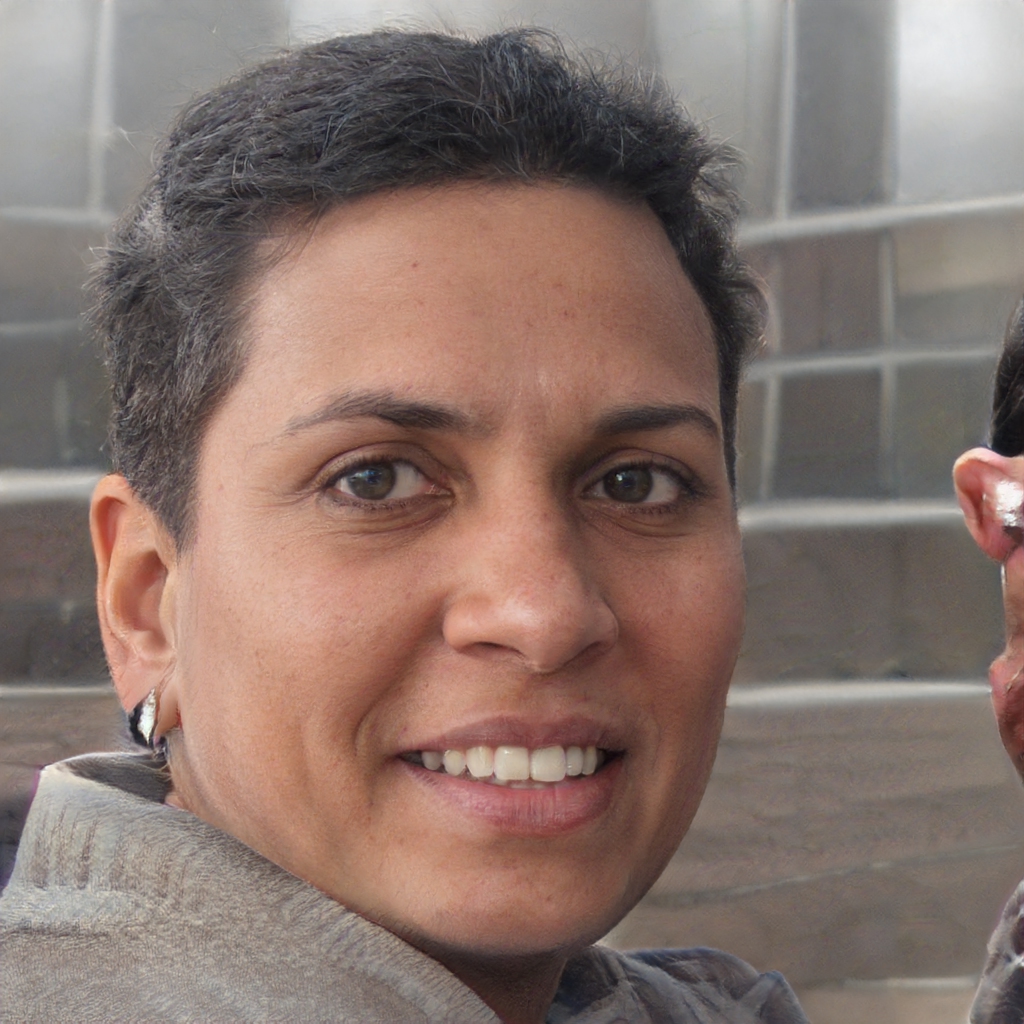
Creating A User-Friendly Web Design For Your Website
In today’s digital age, web design plays a crucial role in creating a user-friendly and visually appealing online presence. A well-designed website can captivate visitors, convey information effectively, and drive engagement and conversions. Web design encompasses various aspects, such as layout, color scheme, navigation, and user experience, all of which contribute to the overall success of a website. In this guide, we will explore the fundamentals of web design, including its importance and effectiveness, tips for creating user-friendly designs, different types of layouts, essential considerations during the design process, the software used for web design, and the significance of optimizing web design for SEO.
What is Web Design and Why is it Important?
Web design refers to the process of conceptualizing and creating the visual appearance and layout of a website. It involves a combination of web design Tampa, user interface (UI) design, and user experience (UX) design to deliver a cohesive and engaging digital experience to visitors. Effective web design is essential because it directly impacts how users perceive and interact with a website. A well-designed website with an intuitive layout and aesthetically pleasing elements can enhance user satisfaction, encourage longer visit durations, and increase the likelihood of visitors returning. Moreover, a user-friendly web design contributes to better SEO rankings and improved conversion rates. Conversely, poor web design can lead to high bounce rates, reduced user engagement, and lost business opportunities.

How to Design an Effective Web Page?
Designing an effective web page requires a thoughtful approach that considers both aesthetic appeal and functionality. Start by defining the purpose and goals of the web page, whether it’s to provide information, showcase products, or encourage conversions. Create a clear and logical site structure with easy-to-navigate menus and intuitive links. Use a consistent color scheme and typography to maintain visual coherence throughout the website. Incorporate visual elements like images, videos, and icons strategically to enhance the overall design. Ensure that the web page is optimized for various devices and screen sizes to deliver a seamless experience across desktops, tablets, and mobile phones. Regularly test and gather user feedback to identify areas for improvement and iterate on the design accordingly.
Tips for Creating Effective Web Design
When creating an effective web design, consider several key tips to optimize user experience and engagement. Start by understanding your target audience and designing with their preferences and needs in mind. Keep the design simple and clutter-free to avoid overwhelming visitors and create a clear visual hierarchy. Use whitespace strategically to guide users’ attention to essential elements and content. Ensure that the website loads quickly by optimizing images and code to prevent high bounce rates due to slow loading times. Implement responsive design to accommodate various devices and ensure a consistent experience for all users. Conduct usability testing and gather feedback to identify areas of improvement and enhance user satisfaction.
Types of Web Design Layouts
Web design layouts come in various styles, each serving different purposes and catering to specific design aesthetics.
The Most Common Types Of Web Design Layouts Include:
- Fixed Layout: This type of layout maintains a constant width, regardless of the user’s screen size, and is suitable for simple websites with limited content.
- Fluid Layout: A fluid layout adjusts proportionally based on the user’s screen size, providing a more flexible and responsive design that adapts to different devices.
- Grid Layout: Grid-based layouts use a systematic arrangement of content elements to create a structured and organized appearance, enhancing readability and visual appeal.
- Single-Page Layout: Single-page layouts condense all content into a single, vertically-scrollable page, suitable for concise and straightforward presentations.
- Parallax Layout: Parallax layouts create an engaging 3D effect by moving different website elements at different speeds during scrolling, adding depth and interactivity.
- Minimalist Layout: Minimalist layouts focus on simplicity and use whitespace and limited design elements to emphasize content and create a clean, elegant look.
The choice of layout depends on the website’s content, goals, and the desired user experience.
What to Consider When Designing a Website?
When designing a website, several essential considerations can significantly impact the success of the design. First, identify the primary purpose and target audience of the website to tailor the design accordingly. Create a user-friendly navigation system that allows visitors to find information quickly and effortlessly. Prioritize mobile responsiveness to ensure that the website looks and functions seamlessly on various devices. Use high-quality images and multimedia elements to engage visitors visually and support the content. Optimize page loading times by compressing images and utilizing efficient coding practices. Implement clear calls-to-action (CTAs) to guide users toward desired actions, such as signing up for newsletters or making a purchase. Finally, regularly review and update the website to ensure it stays current and relevant.
What Software is Used for Web Design?
Web design relies on a range of software tools that facilitate the creation of visually appealing and functional websites.
Some Of The Most Commonly Used Software For Web Design Include:
- Adobe Photoshop: A popular graphic design software used to create and edit images, graphics, and visual elements for web pages.
- Sketch: A design tool primarily used by UI and UX designers to create interactive prototypes and user interface designs.
- Adobe XD: Another UI/UX design tool that enables designers to create interactive prototypes and wireframes for web and mobile applications.
- Figma: A collaborative design tool that allows multiple designers to work on the same project simultaneously, facilitating seamless teamwork.
- WordPress: A widely used content management system (CMS) that provides a user-friendly interface for designing and managing websites, suitable for both beginners and experienced developers.
Web designers often use a combination of these tools based on their preferences and project requirements.
How to Optimize Web Design for SEO?
Optimizing web design for search engine optimization (SEO) is vital for improving the website’s visibility in search engine results and driving organic traffic. To optimize web design for SEO, start by conducting keyword research to identify relevant and high-ranking keywords to incorporate into the website’s content. Use these keywords strategically in the page titles, headings, meta descriptions, and content throughout the site. Ensure that the website’s structure is crawlable by search engines, with a logical URL structure and sitemap. Implement responsive design to provide a seamless experience for mobile users, which can positively impact search rankings. Optimize image file names and alt tags to improve accessibility and enhance image SEO. Additionally, create high-quality, shareable content to attract backlinks and increase the website’s authority.
Conclusion
Creating a user-friendly web design is a fundamental aspect of building a successful online presence. Web design involves a combination of aesthetic appeal, functionality, and user experience, all of which contribute to visitor engagement, satisfaction, and conversion rates. To design an effective web page, consider the purpose and goals of the website, create a clear and intuitive site structure, and optimize the design for responsiveness across different devices. Implementing essential tips and choosing the right web design layout based on the website’s content and goals can further enhance the user experience. Various software tools facilitate the web design process, enabling designers to create visually appealing and functional websites. Optimizing web design for SEO is crucial for improving search engine rankings and driving organic traffic. By considering these aspects and incorporating best practices, web designers can create user-friendly designs that elevate the overall performance and success of a website.

Henrietta Huynh is an aspiring professional based in Delaware. She is a veteran of the U.S. Air Force, a proud mom, and a budding entrepreneur. She specializes in PR, marketing, and event management services for businesses and individuals, striving to create amazing experiences for her clients and partners. Henrietta dedicates her free time to projects that create social good and is passionate about helping others reach their professional goals. She also loves yoga, discovering new cultures, and hanging out with her family and friends.


